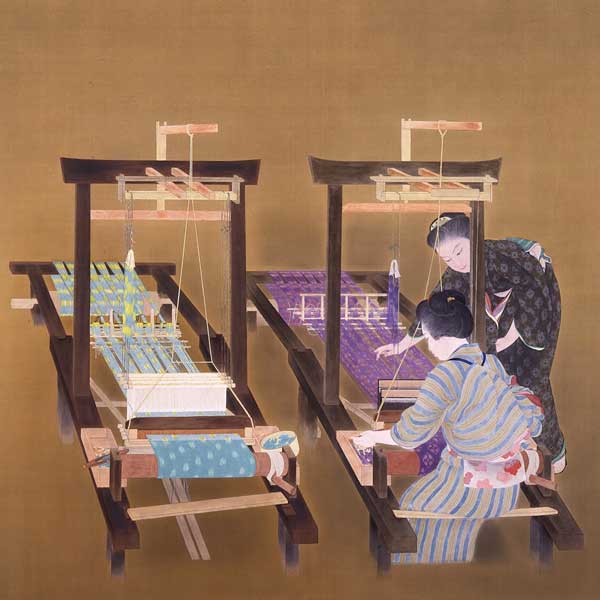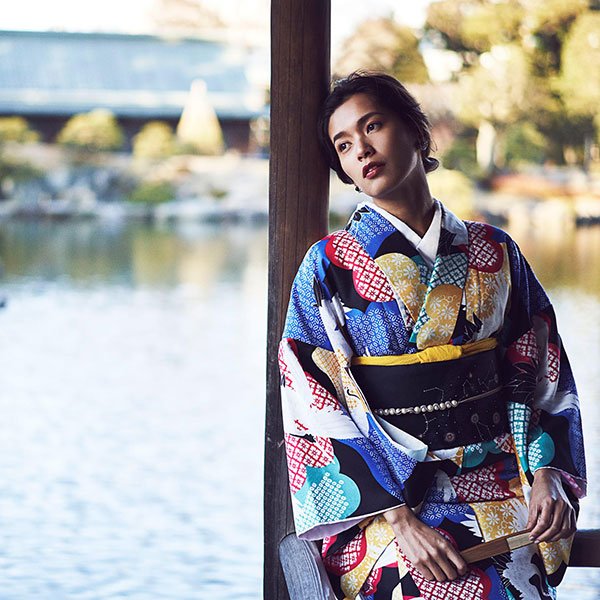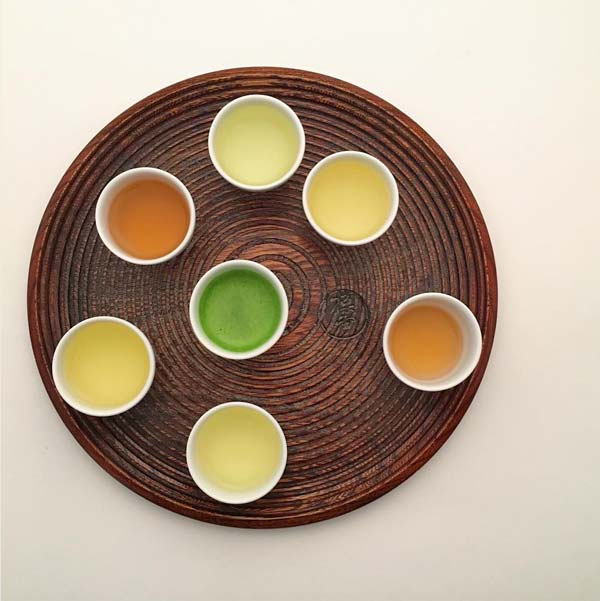12 Best Things to Do on Yakushima Island
by Joseph Cummins | TRAVEL
© Kimon Berlin / Creative Commons, Shiratani Unsuikyo Forest
Of the 6,852 islands that make up the Japanese archipelago, few are as replete with mythology and nature as Yakushima. Ancient forests, enchanting wildlife and some of Japan’s best food prompted UNESCO to name Yakushima a World Heritage Site in 1993 and make the island a worthy addition to any travel itinerary.
Studio Ghibli fans will be tempted to hunt out the inspiration for Princess Mononoke, avid hikers can take on some of Japan’s most rewarding trails and even those looking for luxury in the most remote of locales are catered to. Here are 12 of our top reasons to look beyond Japan’s main islands and hop over to Yakushima.
1. See the Yakushima Cedar Older than Japan
© Σ64 / Creative Commons, Shiratani Unsui Gorge
At the heart of Yakushima sits the oldest tree in Japan. Between 2000 and 7000 years old, Jomon Sugi is one of numerous cedars on the island more than 1,000 years old and it outdates all but the hunter-gatherer Jomon tribes themselves. Dubbed yakusugi, from Yakushima and sugi, the Japanese word for cedar, these trees are endemic to the island and long outlive their more typical cousins.
Due to their slow growth and high resin content, the incredibly strong yakusugi wood was often harvested for construction, furniture and jewelry. Since 1969, felling yakusugi has been strictly prohibited, but fallen trees, called domaiboku, are still used across the island.
As well as being the oldest such cedar, Jomon Sugi is also the largest at 82ft (25m) tall and 16ft (5m) across. Despite sitting in the densest part of the island’s forest, it attracts around 10,000 visitors per year. The journey is not an easy one, however.
2. Hike the Anbo Abandoned Railway
© Σ64 / Creative Commons, Anbo Forest Railway
The route to Jomon Sugi is a challenge for all but the most seasoned hikers. It is a 9-hour round trip that covers the Anbo trail and six miles of disused mining tracks that used to transport felled yakusugi from 1923 until the ban on logging. Hikers will also cross the 165ft (50m) wooden Kosugidani Bridge, where they peer down at the rapids below.
After the Anbo trail, the route veers skyward as the Okabu trail’s steep dirt tracks and boardwalks guide you toward the Jomon Sugi. You will pass the Meoto Sugi and Sandai Sugi, each more than 2000 years old, and the Wilson Stump, a 15ft-wide (5m) hollow trunk. Step inside and look up through the heart-shaped hole.
3. Visit Yakushima National Park, the Inspiration for Princess Mononoke
© Kimon Berlin / Creative Commons, Shiratani Unsuikyo Forest
With three-quarters of the island covered with mountains and the dense Shiratani Unsuikyo forest, it’s easy to see why many believe Yakushima to have inspired Hayao Miyazaki’s seminal film Princess Mononoke. With trees often shrouded in a light fog, towering waterfalls spiking the landscape and a sea of moss, it’s fitting that a forest god would choose to make their home here.
The history of the island’s logging industry reflects the movie’s themes of environmental destruction too, and due in part to the attention it garnered, Yakushima’s forests are now protected by multiple layers of legislation.
4. Hunt for Glowing Plant Life
Bioluminescent Fungi by nubbsgalore on Tumblr
Of the 1,900 plant species on Yakushima some really stand out, particularly at night. You can find around 10 species of bioluminescent mushrooms in Japan. They glow from late-summer when the weather is most humid; this is when Yakushima is teeming with fluorescent fungi. As enzymes in their caps react with chemicals called luciferins, they produce a neon-green light to attract insects and help spread their spores.
The most prevalent is the gingatake, or “galaxy mushroom,” which grows from fallen cedars and lights up the forest floor in clusters often several feet across. Head into the woods after dusk to hunt them out.
5. Visit Japan’s Star-Studded Beach
© NMaia / Creative Commons, Yakushima Beach
As famous as the island is for its forests, Yakushima’s beaches contribute much to its status as a World Heritage paradise. The most magical of which is Sango-no-Hama, which is literally translated as “coral beach.” Walk across star-shaped sand, formed from the shells of foraminifera plankton, and look out over the ocean towards Yakushima Lighthouse.
6. Seek out Japan’s Oldest Myths
© Yakushima Tourism Association, Yakushima Mountains
Yakushima hosts tales of many of Japan’s most ancient spirits. Most famous is the Mountain Princess, a grinning sprite that sucks the blood from those who fail to return her gesture of kindness. Even today, few enter the forests and mountains around New Year, when she’s said to be most active.
Beyond the Princess, there are the thunderous Drums of Heaven which sound on the first and 15th of each month and roam from peak to peak in the Okudake mountains as the gods, or kami, enjoy themselves. There is also the 165ft (50m) Heavenly Rock on the top of Mt Tachudake that is said to sound off like a conch to warn fishermen of incoming typhoons.
7. Stargaze under Japan’s Clearest Skies
© Michael J. Bennett / Creative Commons, Starry Night Sky
With the distance from the mainland and lack of major towns or cities, Yakushima is one of the best places to spot stars in Japan. Only around 13,000 people live on the island so light pollution is near zero. From mid-August, after the rainy season has passed, expect crystal-clear nights and stunning views of the Milky Way from just about anywhere on the island. However, for the clearest views, head to one of the island’s many beaches.
8. Watch a Rocket Launch
© Shinntarou / Creative Commons, Rocket launch
If you are impatient about reaching the stars, look over the water and watch the next JAXA (Japan Aerospace Exploration Agency) mission. The Tanegashima Space Center, the home of Japan’s space program, is just 10 miles (15km) east of Yakushima and is clearly visible from much of the island. If you are desperate for an even better view of a launch, Tanegashima is only a short ferry ride away. Be sure to check the launch schedule before making the trip.
9. See Monkeys and Deer on the Seibu Rindo Forest Path
© Discover Kagoshima, Seibu Rindo Forest Path
Renting a car and circumnavigating the island is one of the best ways to see Yakushima. The 12-mile (20km) Seibu Rindo Forest Path on the island’s western edge is known for its green tunnels, as it picks a path through evergreen forests and along pristine coastline.
Wild Yakuzaru monkeys are known to lounge on the warm tarmac and you will often see the island’s deer population watch you pass. Take it slow and soak it in as you drive the only road through a World Heritage zone.
10. Visit Japan’s Largest Sea Turtle Nesting Site
© Yes!Yakushima, Loggerhead Turtle
Tucked away on the northwest shore of the island is a mile of white sand and Japan’s largest sea turtle nesting site. Between May and June up to 3,000 turtles come ashore to lay their eggs in the sand, and by August, the hatchlings begin their journey back to the water. To protect the turtles and give them the best chance of survival visitors should book a place on a guided turtle-watching tour. It's only a short bus or drive to watch the turtles and see the sunset behind the active volcano, Mount Shindake, which rises above the water on Kuchinoerabu Island.
11. Lounge in Luxury at Sankara Hotel
© Sankara Hotel & Spa, Sankara Hotel Pool
Surrounded by mountains, forests and sea, the Sankara Hotel provides every luxury you could want. Choose between a private villa or a sprawling suite to retreat to after exploring the island. The hotel also offers a range of spa treatments, from hot-stone massages to reflexology.
Guests can choose between two restaurants serving fresh local produce, but it is the French-influenced Okas, with an open kitchen and ocean views, that’s truly special.
12. Land a Flying Fish at Shiosai
Served as sashimi, salted, grilled or deep fried, flying fish wing their way onto nearly every Yakushima menu. Called tobio in Japanese – the locals call them “toppy” – they lend their name to the hydrofoil ferry service to Yakushima.
The best place to land a flying fish of your own is at Shiosai, a restaurant five minutes from Miyanoura port that’s popular with locals. For the freshest catch, head there at the peak of the fishing season in late-spring.













TRAVEL | April 26, 2024